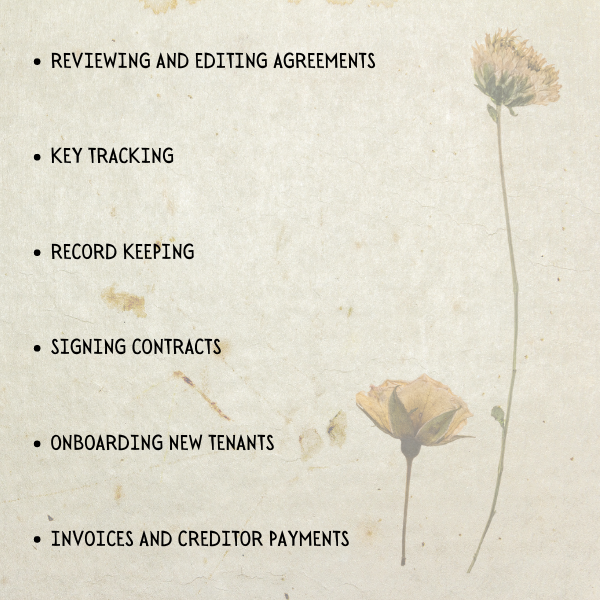(NOTE: this is a correction to a previous release that used the wrong location.)
Perth, Western Australia: Now is a good time for property management licensees to fast-track their expansion with rent roll acquisition, according to one company that’s flourished in recent years.
Rent roll acquisition occurs when licensees purchase an entire property portfolio (or parts of it) from another real estate company or licensee, to grow at a rate faster than what organic growth allows.
Orana Property used rent roll acquisition to expand to a portfolio with over 240 properties in less than 1.5 years.
The Perth-based property management company launched during the COVID-19 pandemic, when there was an overall surge in sales activity in the Western Australia property market.
Alison Ringuet, Orana’s acquisition and business development manager, says licensees could capitalise on the recent sales turnaround to secure an immediate return with rent roll acquisition.
“When handled properly, buying a rent roll quickly creates a stable source of income that can also generate organic growth when clients bring on additional properties for the real estate or licensee to manage,” Ms Ringuet said.
Recently she’s noticed that many smaller portfolios are available for purchase, which fits perfectly with Orana’s strategy.
Orana’s short-term priority has been to acquire smaller residential rent rolls that contain 100 to 300 properties in Western Australia.
“There’s no such thing as a rent roll that’s too small, especially if your resources are limited but you want to go down the acquisition path to secure an immediate return and cash flow for your business.”
Ms Ringuet says that property managers should consider the size and manageability of their current portfolio, and the capacity of their team, before purchasing a rent roll, because this strategy isn’t suitable for everyone.
“The worst thing any property management business can do is spread themselves too thin, which means they compromise operational duties and fail to nurture relationships with landlords and tenants. Remember, after a certain point of expansion, you may need to hire more staff.”
Furthermore, it’s crucial that licensees conduct careful research before buying a portfolio, to avoid purchasing a host of problems.
“Take the time to investigate the health of the rent roll you’re interested in, as well as the operational efficiency of the seller’s business to figure out if the asking price is reasonable. Ask for tangible evidence, such as documents that show gains and losses over the last six months to 12 months.”
“It’s probably a good idea to abandon ship before signing any contracts, if you notice a long list of tenant and landlord complaints or similar red flags. You don’t want to inherit those problems,” Ms Ringuet said.
As specialists in rent roll acquisition, Orana Property has published an article and released a podcast with valuable advice for licensees considering buying a rent roll, so they can minimise the risks.


